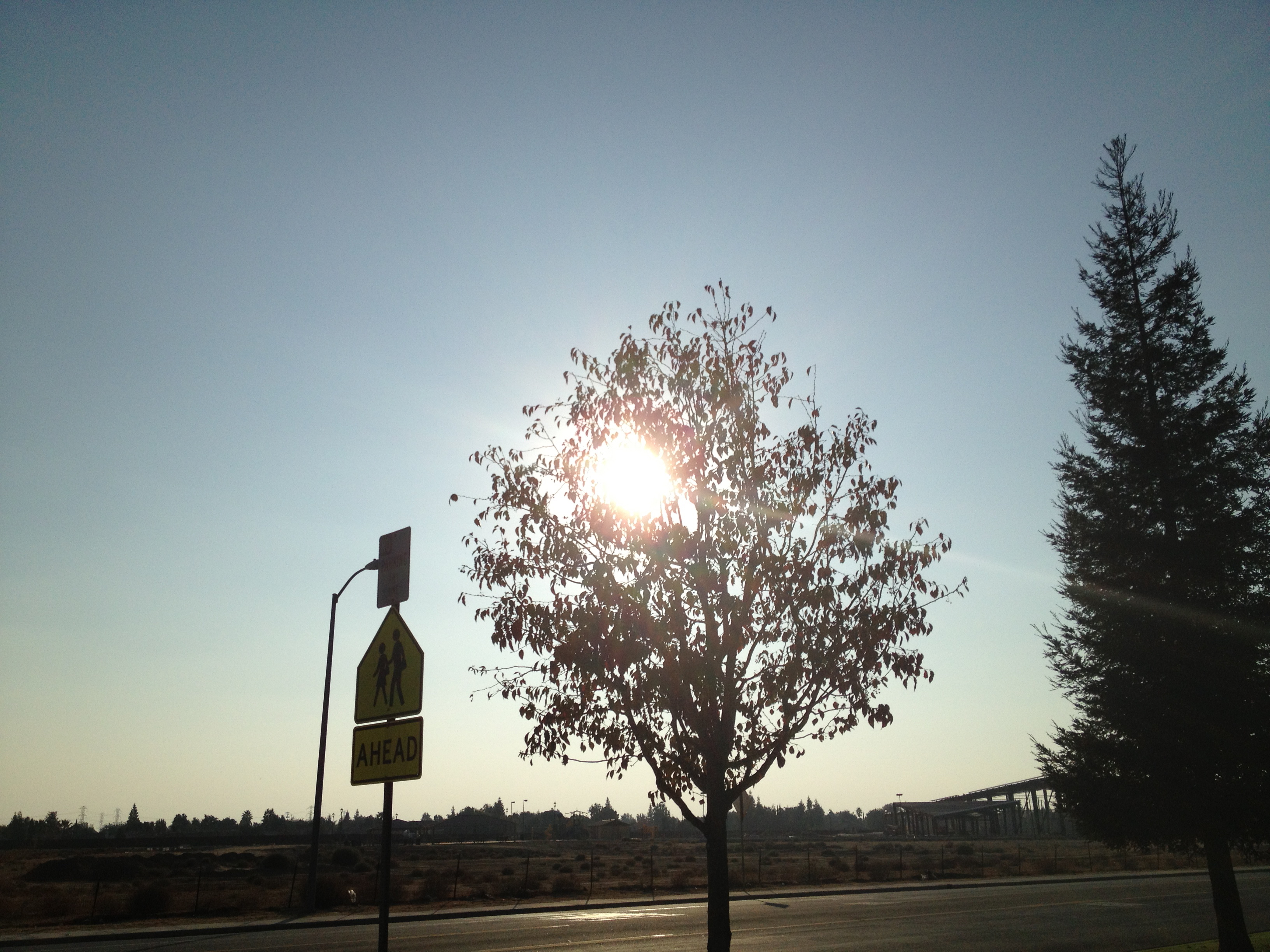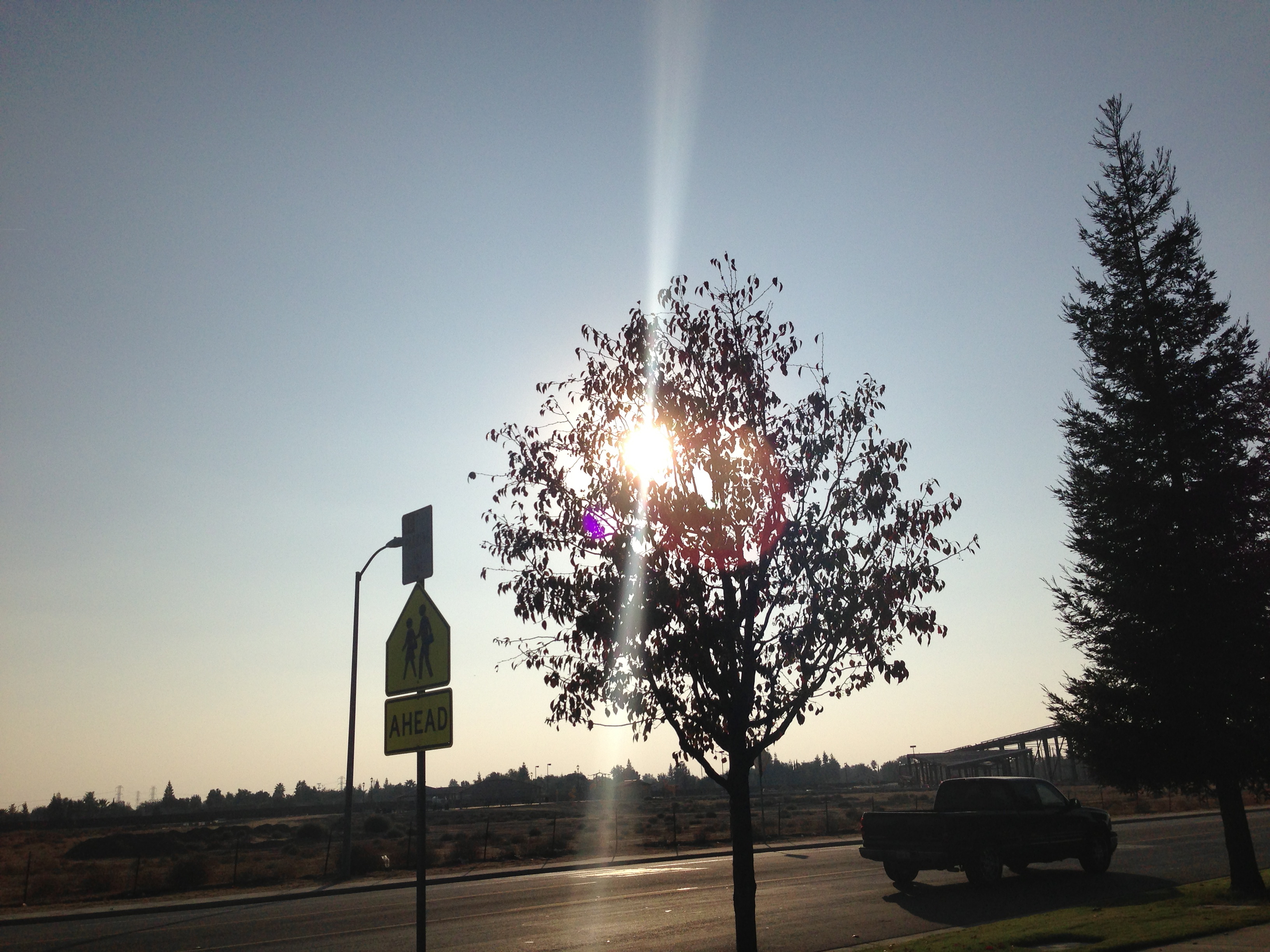Apple iPhone 5 Review: CPU, GPU, Battery, Wi-Fi, And Display Testing
Camera Quality: Better In Low Light; Purple Flare "Normal"
Like the iPhone 4S before it, the iPhone 5 continues employing an 8 MP sensor. Apple claims a number of improvements, though, such as the ability to take pictures 40% faster (though it isn't immediately clear which of the camera subsystem's specifications was improved to enable this).
How significant is the faster camera? In the video below, we show you how the iPhone 4S, One X, and Galaxy S III compare. If you spam the capture button on any of them, you're going to generate a lot of pictures, and none of them seem to slow down. Moreover, if you're moving, even on the iPhone 5, it's possible to snap shots before the camera has a chance to focus.
In our opinion, then, the real-world value of Apple's marketing claim is pretty weak. We'd be much more interested in a solution able to refocus 40% faster, increasing the liklihood of snapping shots in quick succession that actually look good. To that end, we have to call out HTC's One X, which offers a continuous shooting mode able to capture in-focus images, quickly, even if you're on the move.
Speed aside, the iPhone 5’s camera does handle low-light situations much better than its predecessor. If you take a picture at night, the subject should turn out better-defined. We were able to reproduce the purple flare that develops when you're facing a strong source of light, however. Depending on your shot, it ranges from mildly annoying to completely disruptive. In the middle of the day in California, the sun's glare is pretty darned obvious. In the shot below, we're only looking at the effect in the early afternoon, so it's less intense.
iPhone 4S: Rear-Facing 8 MP Camera
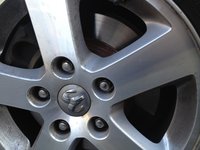


iPhone 5: Rear-Facing 8 MP Camera
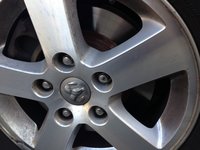
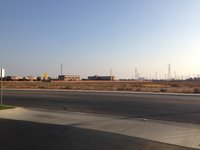
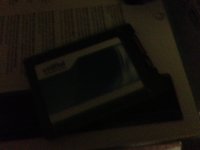
Get Tom's Hardware's best news and in-depth reviews, straight to your inbox.
Current page: Camera Quality: Better In Low Light; Purple Flare "Normal"
Prev Page LCD Performance, Quantified Next Page Battery Life And Wi-Fi Performance-
g-unit1111 Why can't everyone - Apple included - agree on a standardized power adapter like mini USB?? It would make not only our lives easier but the manufacturers who make these accessories able to have one device and on cord that works with everything.Reply -
mayankleoboy1 The LCD tests puzzle me a little. Most other reviews said that the SGS3 has a poorer display and the iphone5 has a better display , with much better contrast ratio and sRGB compliance.Reply
Maybe i am reading it wrong ? -
reprotected There needs to be more explanation in the quality of the screens. We all know Galaxy SIII covers a larger colour gamut, but does it beat the iPhone 5 in terms of accuracy is one big thing we want to know based on your eyes, not numbers and graphs.Reply -
kensingtron Great article ^_^Reply
Second to last paragraph:
"For example, Samsung's Galaxy S III has been on the market for a while, and its LCD is a market leader"
LCD = AMOLED -
acku kensingtronGreat article ^_^Second to last paragraph:"For example, Samsung's Galaxy S III has been on the market for a while, and its LCD is a market leader"LCD = AMOLEDReply
My apologies. On page 6 we mentioned that S3 uses AMOLED. I'll make a correction. Thanks for the shout out. -
dragonsqrrl Excellent article as usual, very comprehensive. Hopefully this helps to dispel some of the performance myths about the iPhone that seem to circulate here on Tom's.Reply -
acku mayankleoboy1The LCD tests puzzle me a little. Most other reviews said that the SGS3 has a poorer display and the iphone5 has a better display , with much better contrast ratio and sRGB compliance.Maybe i am reading it wrong ?Reply
http://news.cnet.com/8301-13579_3-57524291-37/color-me-prettier-galaxy-s3-display-outdoes-iphone-5s/ Check that one out. :)
I'd still like to add an accuracy test at some point. I need to think about how to approach that problem. The way people normally talk about color accuracy (besides deltae and gamma) are sometimes too abstract with color terms that professionals use. I'd like to find a way to present the information in a more intuitive manner. -
ojas g-unit1111Why can't everyone - Apple included - agree on a standardized power adapter like mini USB?? It would make not only our lives easier but the manufacturers who make these accessories able to have one device and on cord that works with everything.Agreed...though don't most smartphones today use the microUSB B-type connector?Reply -
dare2blink Seems apple has not inovated for a couple of years now. I´m shocked that the most inovative and arguably the best phone of the year is not even mentioned in this article. Nokia Lumia 920 is definitely the most inovative na the most complete phone reseased so far. It has much better build quality, a better screen and camera than the iphone 5, not to mention a much more inovative OS.Reply
